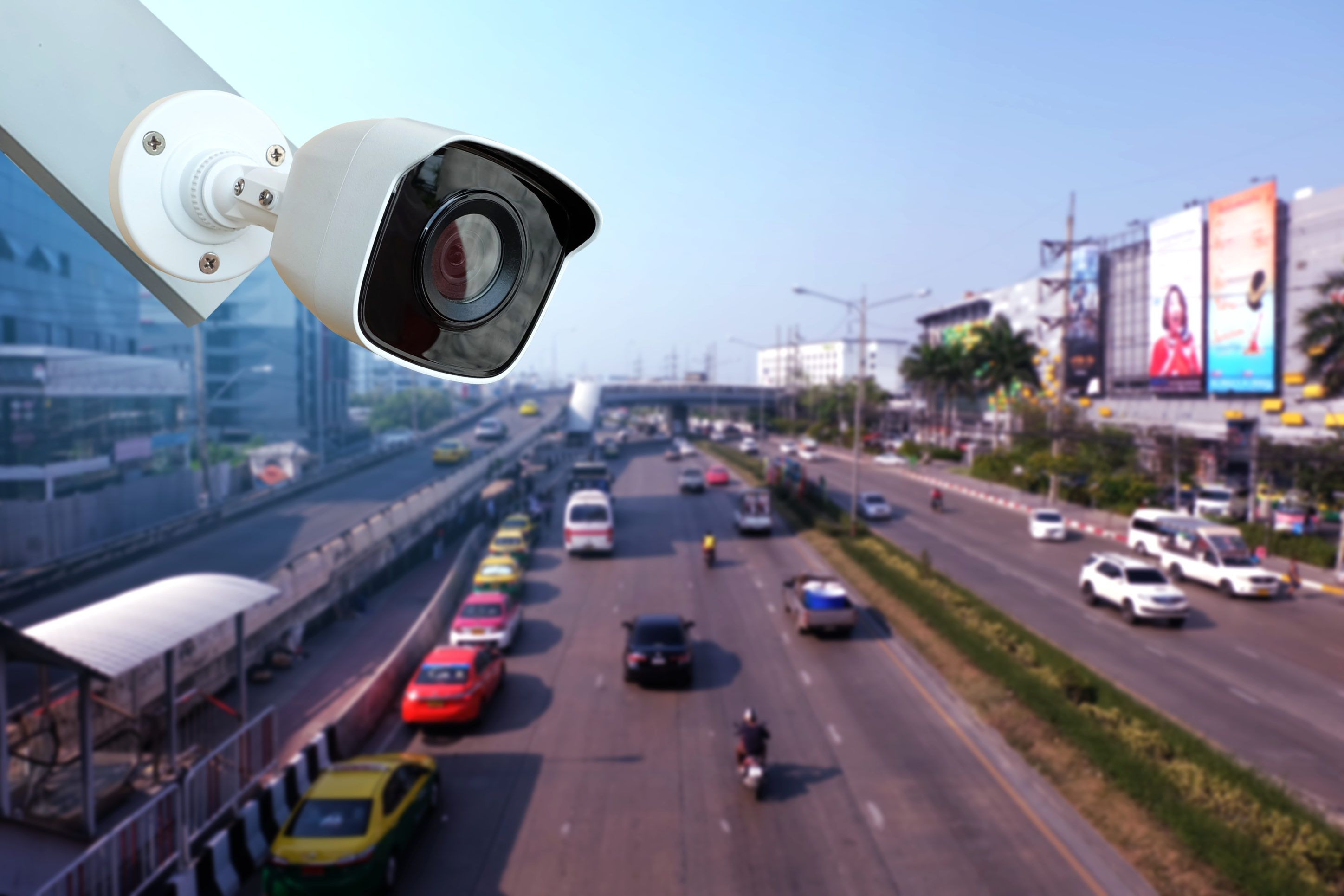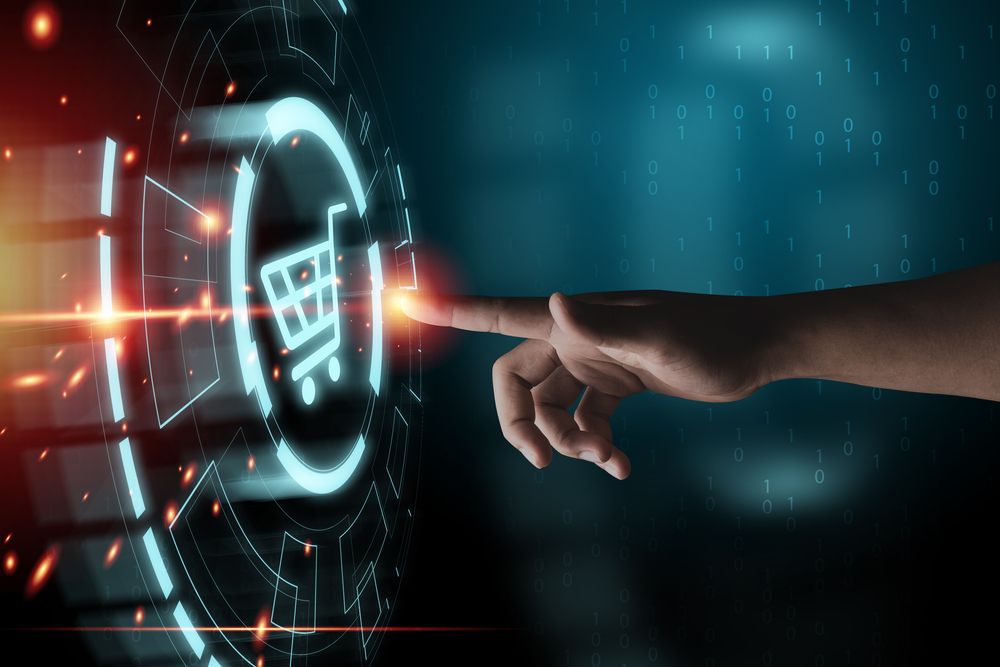How Smart Cameras Are Shaking Up These Three Industries
The proliferation of the IoT is changing the business world as we know it. One of the most exciting technologies leading this charge is the smart...
3 min read
Tony Ridzyowski : May 4, 2018 7:53:00 AM

While enterprise-scale options are still a few years away, early consumer-oriented cameras powered by AI demonstrate the technology’s immense potential in the field of security.
Early in 2018, Google debuted an artificial intelligence (AI)-powered camera called Google Clips. Less than two years later, it was dead. Small enough to pin to the breast pocket of a shirt or jacket (or tucked away discreetly in the corner of a room), Google’s innovative device used a machine learning algorithm to snap shots autonomously whenever it sees fit. The algorithm was designed to continuously “learn” not only what makes for a “good” photo — lighting, depth, facial expressions, etc. — but also what individual users value in their gallery — candid shots of their family, footage of their pets in action, etc.
But while gadgets like Google Clips offered us a glimpse of what shape the technology will take in consumer markets, AI-based cameras arguably have even greater potential in the security sector. Research from the McKinsey Global Institute (MGI) suggests that IoT security systems will reduce the cost of building security by over $6 billion per year by 2025, and a great deal of these savings are likely to come from AI-powered security camera technology. And with powerful features like Appearance Search technology, companies like Avigilon are leading the way.
“Rather than have a security employee monitor the feed from cameras,” MGI explains, “an intelligent system can automatically detect anomalous patterns in the video data and immediately alert authorities of a possible intrusion.”
While widespread adoption of enterprise-scale AI-powered security cameras is still a ways down the road, tools like the recently launched Lighthouse AI camera represent an impressive — and much-needed — dry run in the consumer sphere.
In an interview with CNBC, Lighthouse AI CEO Alex Teichman describes his startup’s device as “the connective tissue of the smart home.” Home security is certainly a key feature of the Lighthouse system, but Teichman is adamant that, more broadly, “[Lighthouse] is about home awareness.”
For instance, in addition to its existing features, Lighthouse is in the process of integrating its camera with an “if this, then that” web service that will enable users to manage their other smart devices, using the camera to respond to changing conditions by executing commands. As Teichman summarizes, “Users could create commands like ‘turn on the kitchen light when the kids get home’ or ‘lock the door when the dog-walker leaves.’”
Thanks to its underlying AI technology, the Lighthouse camera is already more than capable of handling the recognition component — i.e. differentiating between “the kids” and “the dog-walker” — of this type of end-to-end smart home management. Not unlike Google Clips, the Lighthouse system uses sophisticated machine learning algorithms to “learn” different faces, differentiate between humans and animals, and recognize specific events or occurrences.
Upon installing their Lighthouse system, a user can set up a wide variety of alerts that trigger push notifications sent directly to their mobile device. For example, many users opt to have their Lighthouse camera ping them as soon as it recognizes that their kids have arrived home from school. The camera’s machine learning capabilities enable it to execute more complex functions, as well, such as sending an alert if a dog-walker doesn’t show up when they’re supposed to, or when an elderly live-in parent doesn’t appear in the kitchen by a certain time of day.
Looking forward, it’s Lighthouse’s archival search functions that are perhaps most promising for enterprise security teams. Users can query their camera’s AI-enabled archive, which is stored in the cloud for 30 days and then deleted unless otherwise specified, with either voice or text to pinpoint an event without having to waste time sifting through countless hours of footage.
In the Lighthouse system’s consumer-oriented iteration, these queries might take the form of “Has the cat done anything interesting since I left?” or “Who did you see at the front door on Tuesday between 8am and 10am?” but it’s not hard to see how this machine learning-driven search function could pay dividends on an enterprise-scale.
However, until a Lighthouse-style AI camera system becomes available to the average enterprise, it’s incumbent upon every security professional to use the cutting-edge technology that’s already at their disposal.
At Turn-key Technologies, Inc. (TTI), we’ve designed our state-of-the-art duress system, TTI Guardian, to help security professionals working in schools, courthouses, healthcare facilities, and detention centers protect their buildings and colleagues with the utmost effectiveness. With the help of Avigilon’s high-definition surveillance and control systems, we design scalable software and hardware solutions that grow with your needs. An organization’s people are its most precious assets, and it’s our shared responsibility to do everything we can to keep them safe.

The proliferation of the IoT is changing the business world as we know it. One of the most exciting technologies leading this charge is the smart...

Smart surveillance is cheaper than ever, but is your network ready for the latest security tech? The costs of security system hardware and software...

PEPPM makes purchasing new technology a breeze for public agencies. And TTI’s new exclusive CSIU award is making it even easier to become our...